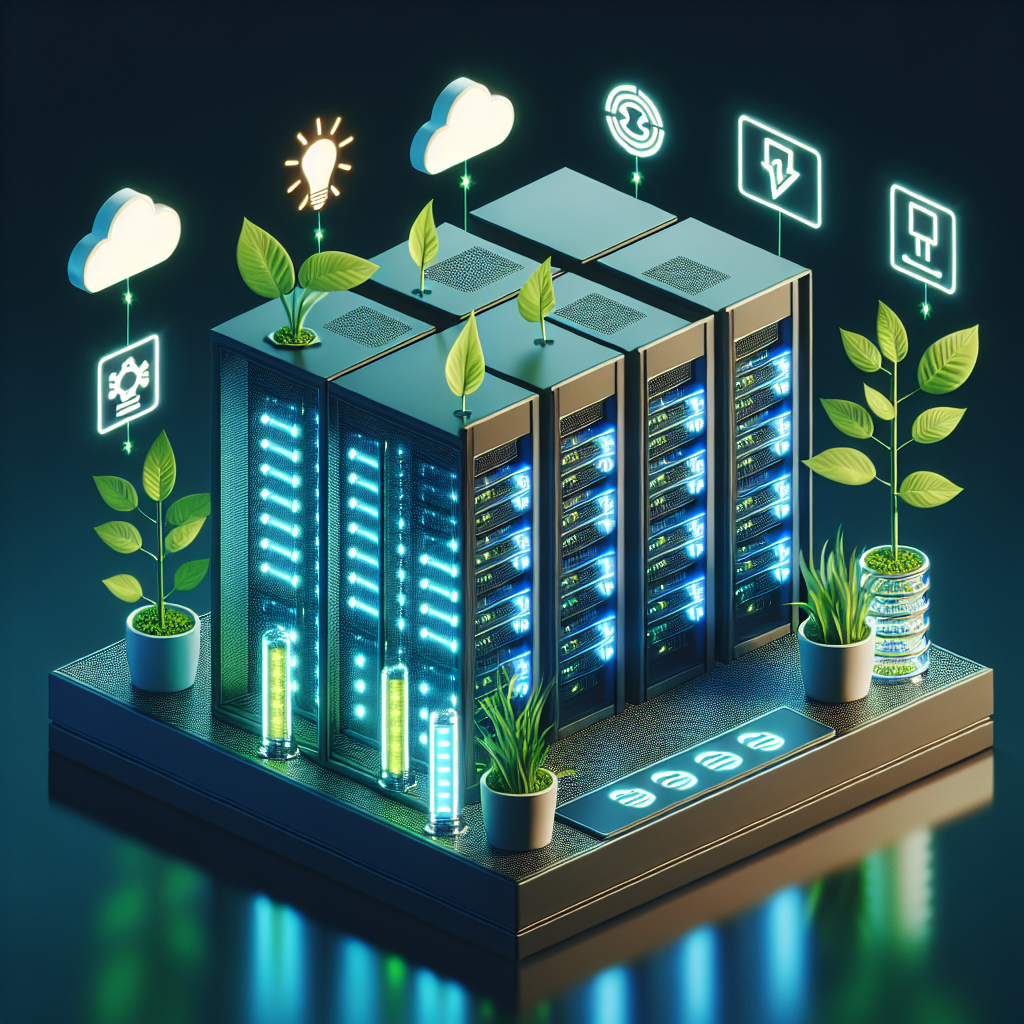Your cart is currently empty!
Best Practices for Implementing Sustainable Electrical Systems in Data Centers

Data centers are critical components of modern business operations, housing the servers and networking equipment that power our digital world. With the increasing demand for data storage and processing, data centers are consuming large amounts of energy, making them a significant contributor to carbon emissions. Implementing sustainable electrical systems in data centers is crucial to reducing their environmental impact and operating costs. Here are some best practices for implementing sustainable electrical systems in data centers:
1. Energy-efficient equipment: One of the most effective ways to reduce energy consumption in data centers is to use energy-efficient equipment. This includes servers, storage devices, and networking equipment that are designed to operate at lower power levels without sacrificing performance. When selecting new equipment, look for Energy Star or other energy efficiency certifications to ensure that they meet high standards for energy efficiency.
2. Virtualization: Virtualization technology allows multiple virtual servers to run on a single physical server, reducing the number of servers needed and therefore the energy consumption. By consolidating servers through virtualization, data centers can reduce their energy usage and carbon footprint.
3. Renewable energy sources: Switching to renewable energy sources, such as solar or wind power, can help data centers significantly reduce their carbon emissions. Installing solar panels on the roof of the data center or purchasing renewable energy credits can help offset the energy consumption of the data center.
4. Energy management software: Implementing energy management software can help data center operators monitor and optimize energy usage in real-time. By tracking energy consumption, identifying inefficiencies, and implementing energy-saving measures, data centers can reduce their energy costs and environmental impact.
5. Hot and cold aisle containment: Implementing hot and cold aisle containment can help improve the efficiency of cooling systems in data centers. By segregating hot and cold air streams, data centers can reduce the amount of energy needed to cool the equipment, resulting in lower energy costs and a smaller carbon footprint.
6. Regular maintenance and monitoring: Regular maintenance of electrical systems, such as UPS units, cooling systems, and power distribution units, is essential to ensure optimal performance and energy efficiency. Monitoring energy usage and temperature levels in real-time can help identify potential issues and implement corrective actions before they become major problems.
Implementing sustainable electrical systems in data centers is not only good for the environment but also for the bottom line. By following these best practices, data center operators can reduce their energy consumption, lower their operating costs, and contribute to a more sustainable future.

Leave a Reply